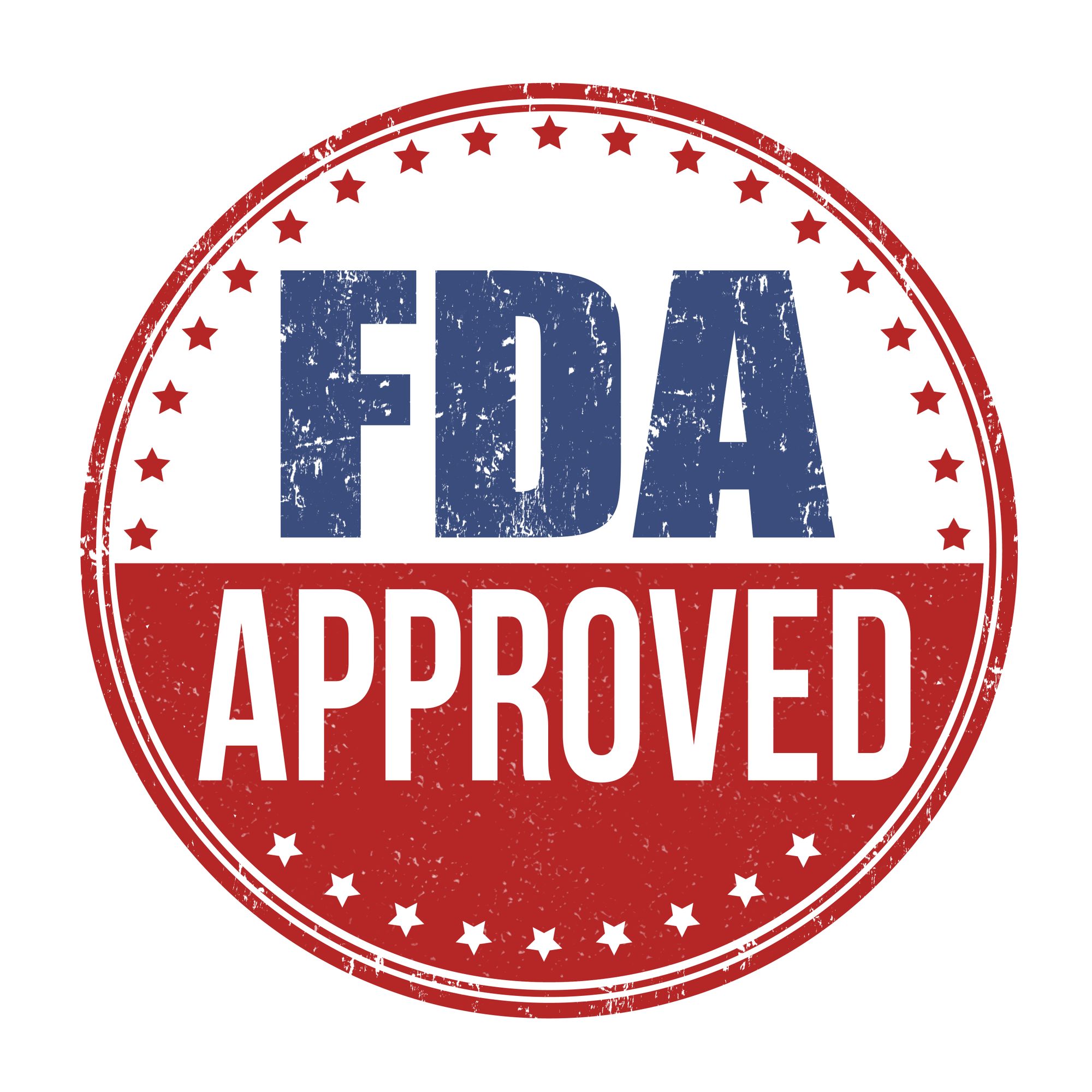Article
CDC Data Show Spike in Heroin Overdose Deaths; Researchers Explore Tie to Opioid Abuse
Author(s):
Deaths from overdoses on heroin rose in 28 states with just over half the nation's population from 2010 to 2012, but deaths from overdoses on prescription opioid pain relievers fell slightly during that period.
Deaths from overdoses on heroin rose in 28 states with just over half the nation’s population from 2010 to 2012, according to data released yesterday by the CDC. Deaths from overdoses on prescription opioid pain relievers (OPR) fell slightly during that period, according to the data, but this may only underscore the increasingly complex relationship between the 2 drugs, according to the National Institutes of Health (NIH).
The CDC data, contained in the Mortality and Morbidity Weekly Report, show the death rate from heroin overdose doubled in the 28 states from 2010 to 2012, increasing from 1.0 to 2.1 per 100,000 population, reflecting an increase in the number of deaths from 1779 to 3635.
During that same period, the death rate from opioid prescription drugs declined 6.6%, from 6.0 to 5.6 per 100,000 people, a decline from 10,427 to 9,869 deaths. The overall drug overdose death rate increased 4.3%, from 13.0 to 13.6.
NIH reports that young people have reported that abuses of prescription painkillers was frequently a first step to heroin abuse. But while the problem of heroin abuse among teenagers and young adults gets frequent attention, heroin death rates increased after 2010 in every subgroup examined in the CDC data released yesterday.
For years, managed care has been challenged by the question of how to responsibly treat patients who need pain medication without allowing them to cross the line into addictive behavior. A well-read study published in 2013 in The American Journal of Managed Care found that found that 1 out of every 4 patients receiving a prescription for a painkiller exhibition some form of irresponsible drug-seeking behavior, such as multiple prescriptions or prescription overlap.
Law enforcement experts have reported that for some, the path to heroin use begins with the desire to return to work: a person is injured on the job and is prescribed a strong painkiller. The person taking the drug can become reliant on the painkiller to continue at a job, especially if it requires physical activity. Especially during the recession, if that person lost the job—and the insurance that paid for the prescription—heroin became a cheap alternative to the pain medication.
News reports over the past year have questioned whether crackdowns on abuse of prescription painkillers contributed to the wave of heroin overdoses. The CDC researchers tried to examine the accuracy of this trajectory, and it appears that while there are clear connections for some heroin users, this scenario does not fully explain the soaring rates of heroin abuse seen in some parts of the country.
There were significant regional differences: the Northeast and South had much larger heroin overdose death increases (211.2% and 180.9%, respectively), than the Midwest and West (62.1% and 90.7%, respectively). Death rates from opioid prescriptions declined only in the South.
Some states stood out: Kentucky reported a 279% increase in heroin deaths from 2010 to 2012 In Ohio, the number of heroin deaths increased approximately 300% from 2007 to 2012, with men aged 25—34 years at highest risk for fatal heroin overdoses.
Rising heroin overdose deaths comes after 20 years of increasing drug overdose deaths in the United States, primarily driven by opioid prescription drug overdoses, according to the CDC report. While prescription use has increased, the number of persons using the drugs nonmedically has gone up as well. According to CDC, the connection to heroin use is clear: from 2002—2004 to 2008–2010, past year heroin use increased among persons reporting frequent nonmedical use of OPR, from 62.0 to 94.7 per 1,000.
Also, the only increases in past year heroin use were observed among persons who reported past year nonmedical use of OPR. Among a sample of heroin users in a drug treatment program, 75% of those who began opioid abuse after 2000 reported that their first regular opioid was a prescription drug.
Around the Web
Increases in Heroin Deaths — 28 States, 2010 to 2012
Opiate Addiction: How Prescription Painkillers Pave the Way to Heroin
Painkiller Crackdown Leads Many to Use Heroin
Potential Misuse and Inappropriate Prescription Practice Involving Opioid Analgesics

Navigating Sport-Related Neurospine Injuries, Surgery, and Managed Care




